
CCI dismisses charges against realty firm BPTP
Track2Realty-Agencies: Fair trade regulator CCI has rejected a plea alleging that real estate company BPTP abused its dominant market position with respect to a residential project in Gurgaon.

Track2Realty-Agencies: Fair trade regulator CCI has rejected a plea alleging that real estate company BPTP abused its dominant market position with respect to a residential project in Gurgaon.

Track2Realty: Currently, tier 2 and 3 cities account for a smaller proportion of operational shopping malls in India. However, with rising consumer aspirations and demand, the potential of these cities in terms of retail real estate is increasing. Both national and international retailers are expanding businesses in these cities, and this is fuelling demand for organized shopping spaces. While the major metro cities are continuing to launch bigger, international-standard malls, tier 2 and 3 cities are currently graduating to next level by initiation of shopping mall developments. There are notable exceptions to this – Lulu Mall in Kochi is, in fact, the largest mall in India as of today.

Track2Realty: Enhanced levels of activity in corporate real estate transactions led to a total office space take-up of more than 33 million sq. ft.during 2014. This activity was led for the most part by Bangalore(37%) and the National Capital Region (NCR)(24%).
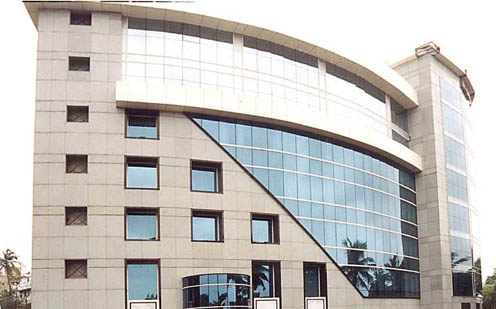
Track2Realty: The Indian real estate market is showing signs of confidence and improved industry momentum post the general elections 2014. The last two quarters clocked an uptick in commercial space take up across leading cities in India. Noticeably, Delhi NCR stood as one of the leading occupiers, registering a significant increase of 25% (y-o-y) in take-up figures during 2014. Moving forth, the demand and corresponding vacancy levels would be key determinants for future traction in the commercial segment across this region.
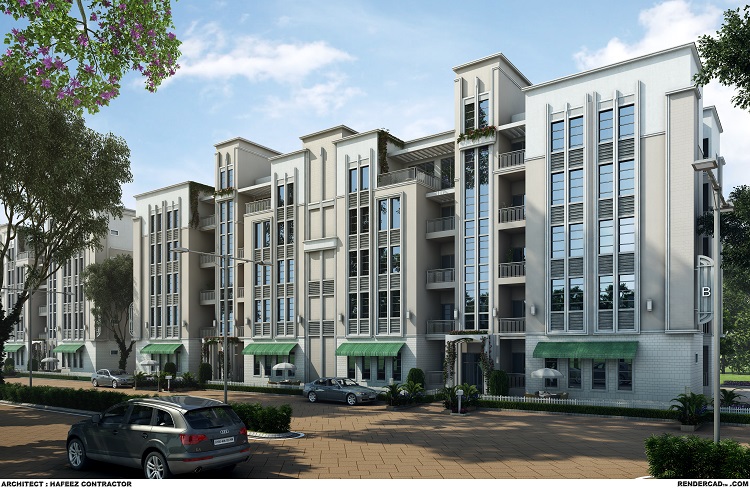
Track2Realty: Prabhat Ranjan, co-founder of Brick Eagle, a financial services platform for the affordable housing industry, has forayed into real estate development, incorporating a new venture Olympeo Infrastructure. The company has launched its first project Olympeo Riverside, an integrated township spread across 25 acres on the banks of Ulhas River, in the Neral-Karjat belt, an extended Mumbai suburb.
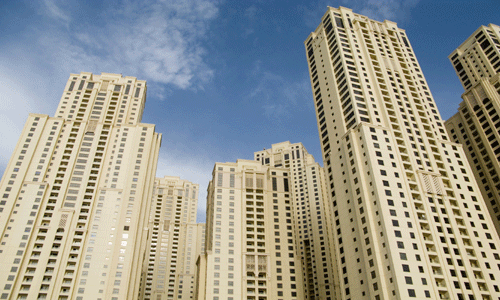
Track2Realty Exclusive: It has indeed been a busy year and 2014 can well be described as the year of roller coaster emotions where the business confidence index was exposed to two extreme ends of swing. In an otherwise flat year, the real estate sector may not have been witness to transactions on ground but the poetic engagement has definitely been at the emotional level.
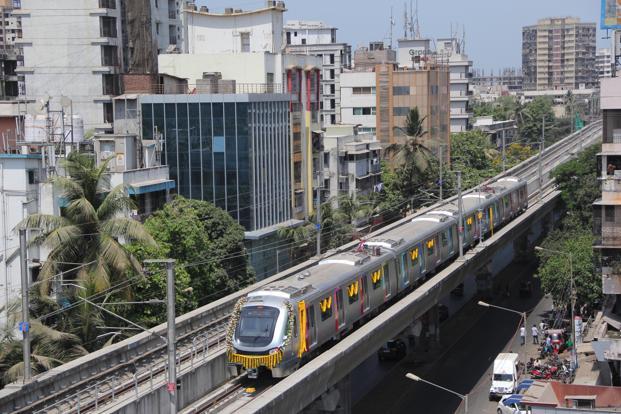
Track2Realty Exclusive: The built environment of Mumbai real estate for long has been busy with fixing the shortfall of the affordable housing. The debate has more often than not been centered on the three key processes that could lead to the availability of mass housing in a peninsular city where the availability of land remains the primary concern.

Track2Realty Exclusive:Following nearly two years of sub-5% growth due to currency volatility, high inflation and fiscal deficits, poor investment and market sentiment scenario, India’s economy bounced back with a growth rate of 5.7% during the April–June period of FY 2014–15, up from 4.6% in the preceding quarter. With business prospects improving across key sectors, the economy is expected to display further improvements in the next quarter.
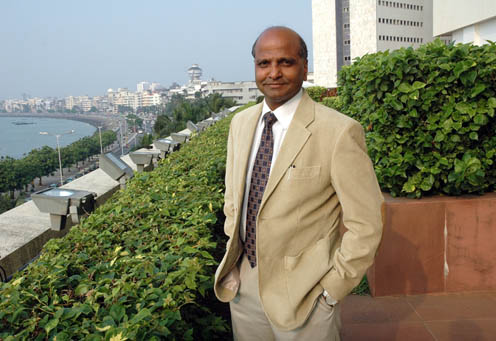
Track2Realty Exclusive: The real estate sector is of strategic economic importance to India, as it is the second largest employment generator after agriculture and contributes about six per cent to India’s GDP. The sector with its backward and forward linkages to 250 ancillary industries has the potential to generate significant employment opportunities and provide a quantum jump to the Indian economy. Accelerating the growth in the sector can help turn-around the sluggish GDP growth witnessed in the last few years.

Track2Realty: The definition of affordable means different for different people depending on the socio-economic class, income levels etc. In India, the term applies most pertinently to housing created for the EWS (Economically Weaker Section) of society so that they, like the middle class, can also benefit from the financial and emotional security of home ownership.
